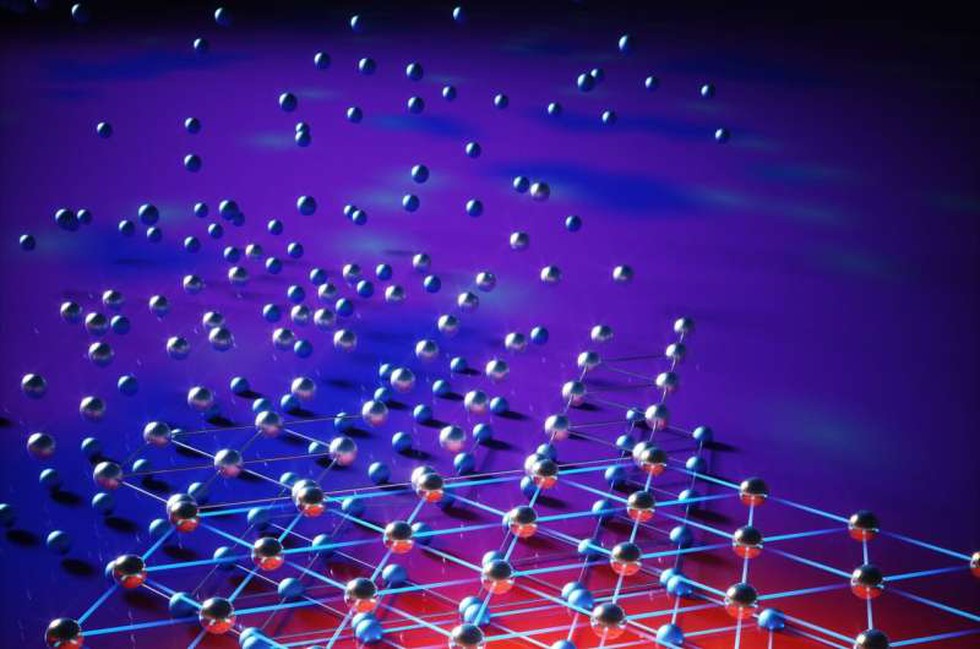Electrons, the subatomic particles whirling around atoms, continue to astonish scientists despite decades of study. Physicists at Princeton University have recently achieved a significant breakthrough in understanding these tiny entities by directly visualizing evidence of the Wigner crystal—a peculiar form of matter composed solely of electrons.
Background
- Eugene Wigner, a Nobel laureate and Princeton professor, proposed in the 1930s the concept of the Wigner crystal, suggesting that electrons could arrange themselves into a crystal-like structure due to their mutual repulsion under specific conditions.
- Traditional crystals are stabilized by atomic attractions, but Wigner proposed a crystal formation solely driven by electron repulsion, a notion challenging conventional understanding.
Previous Experiments
- Earlier experiments in the 1970s at Bell Laboratories demonstrated a classical electron crystal, but it lacked the coherence expected in a true Wigner crystal governed by quantum physics.
- Subsequent experiments in the 1980s and 1990s explored ways to create quantum Wigner crystals, particularly in atomically thin layers using semiconductors and applying magnetic fields.
The Princeton Experiment
- Physicists at Princeton, led by Al Yazdani, utilized a scanning tunneling microscope (STM) to directly image the Wigner crystal.
- They employed pristine graphene samples to eliminate material imperfections that could lead to false interpretations.
- By cooling the graphene to extremely low temperatures and applying a perpendicular magnetic field, they induced a two-dimensional electron gas system within the layers.
Results and Observations
- Through STM imaging, the researchers observed the transition of electrons from a disordered state to an organized lattice formation as density increased.
- The Wigner crystal exhibited triangular configuration and stability over a wide range, contrary to previous assumptions.
- Researchers also noted the “zero-point” motion of electrons, reflecting their quantum nature within the crystal lattice.
Future Implications
- The study opens avenues for understanding exotic liquid phases of interacting electrons in magnetic fields, promising further insights into quantum matter.
Multiple Choice Questions (MCQs):
- Who proposed the concept of the Wigner crystal?
- A) Al Yazdani
- B) Eugene Wigner
- C) James S. McDonnell
- D) Yen-Chen Tsui
- What technique did the Princeton researchers use to visualize the Wigner crystal?
- A) Optical microscopy
- B) Electron microscopy
- C) Scanning tunneling microscopy (STM)
- D) X-ray crystallography
- What material did the researchers use in their experiment?
- A) Silicon
- B) Diamond
- C) Graphene
- D) Gold
- What is the characteristic configuration of the Wigner crystal observed in the experiment?
- A) Rectangular
- B) Triangular
- C) Hexagonal
- D) Cubic
- What phenomenon related to the Heisenberg uncertainty principle was observed in the Wigner crystal?
- A) Zero-gravity motion
- B) Electron fusion
- C) Zero-point motion
- D) Electron tunneling
